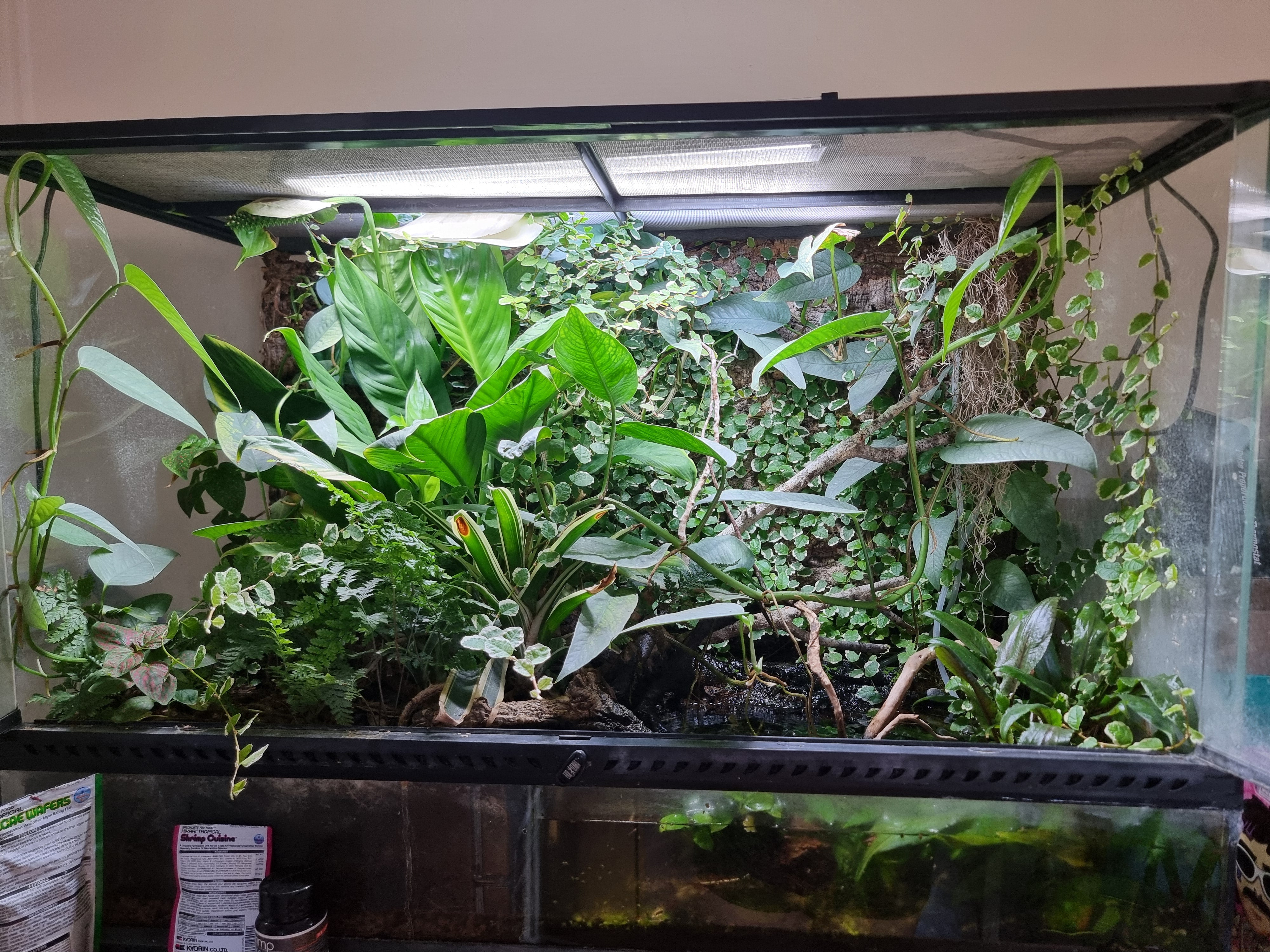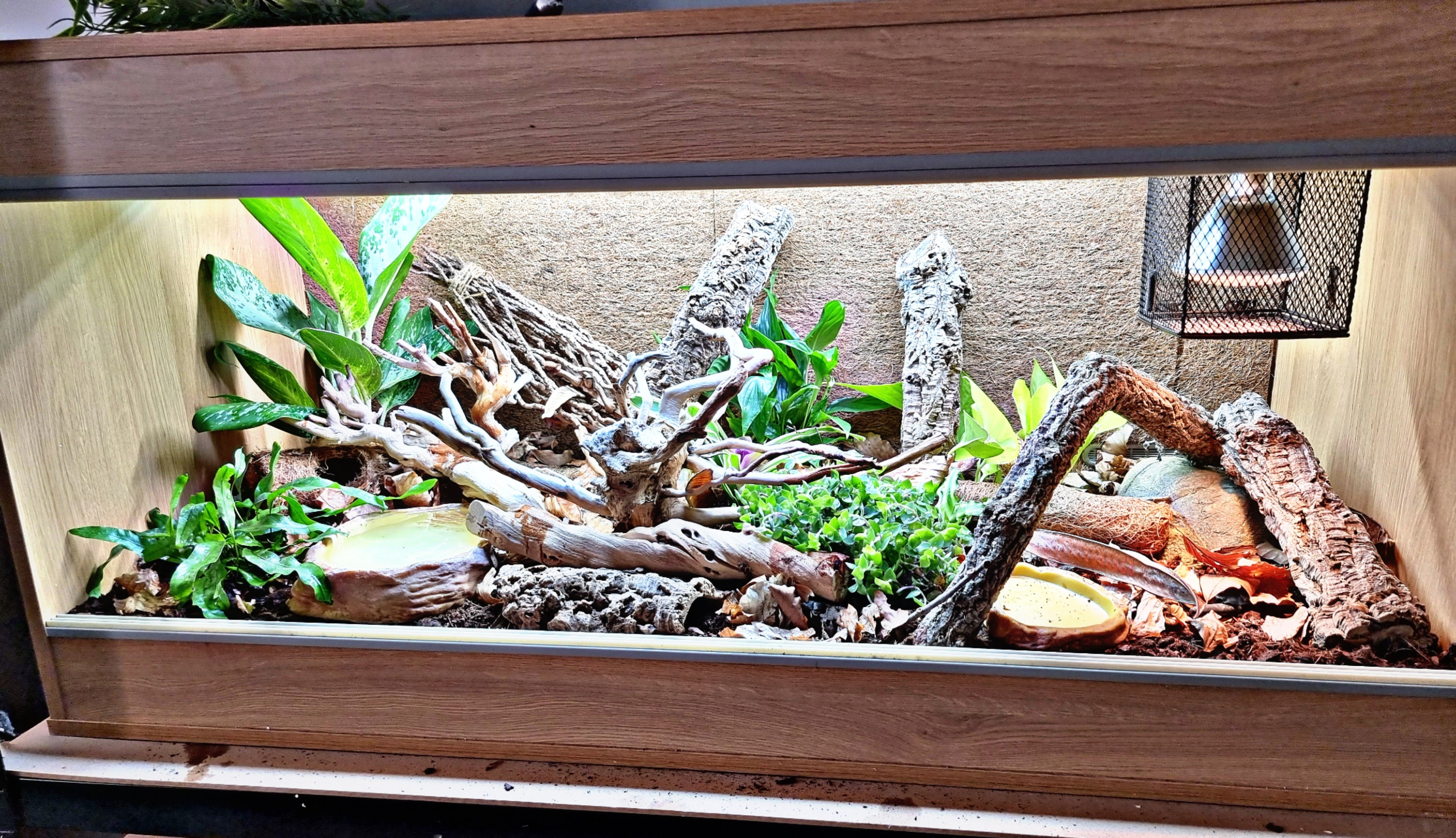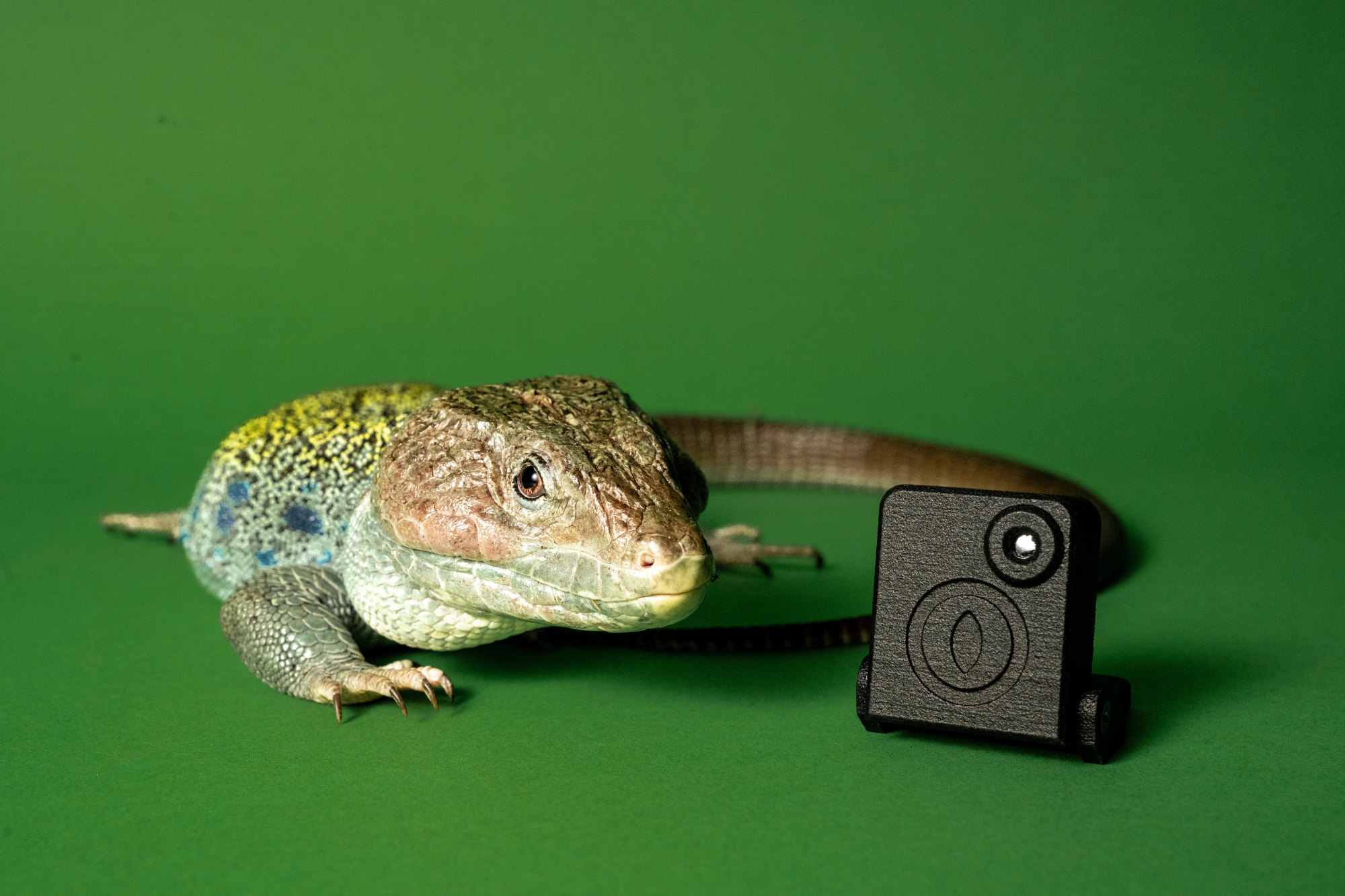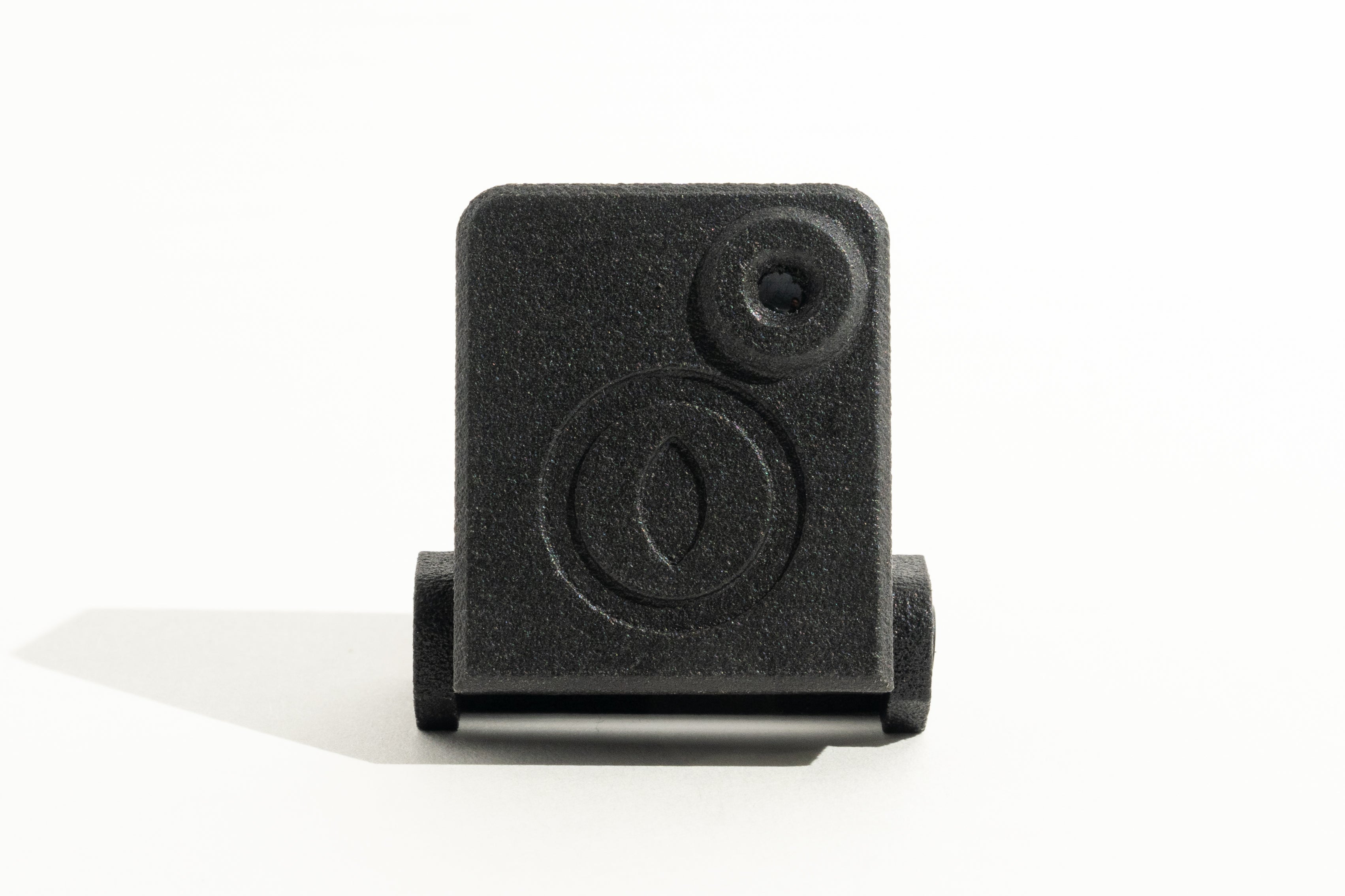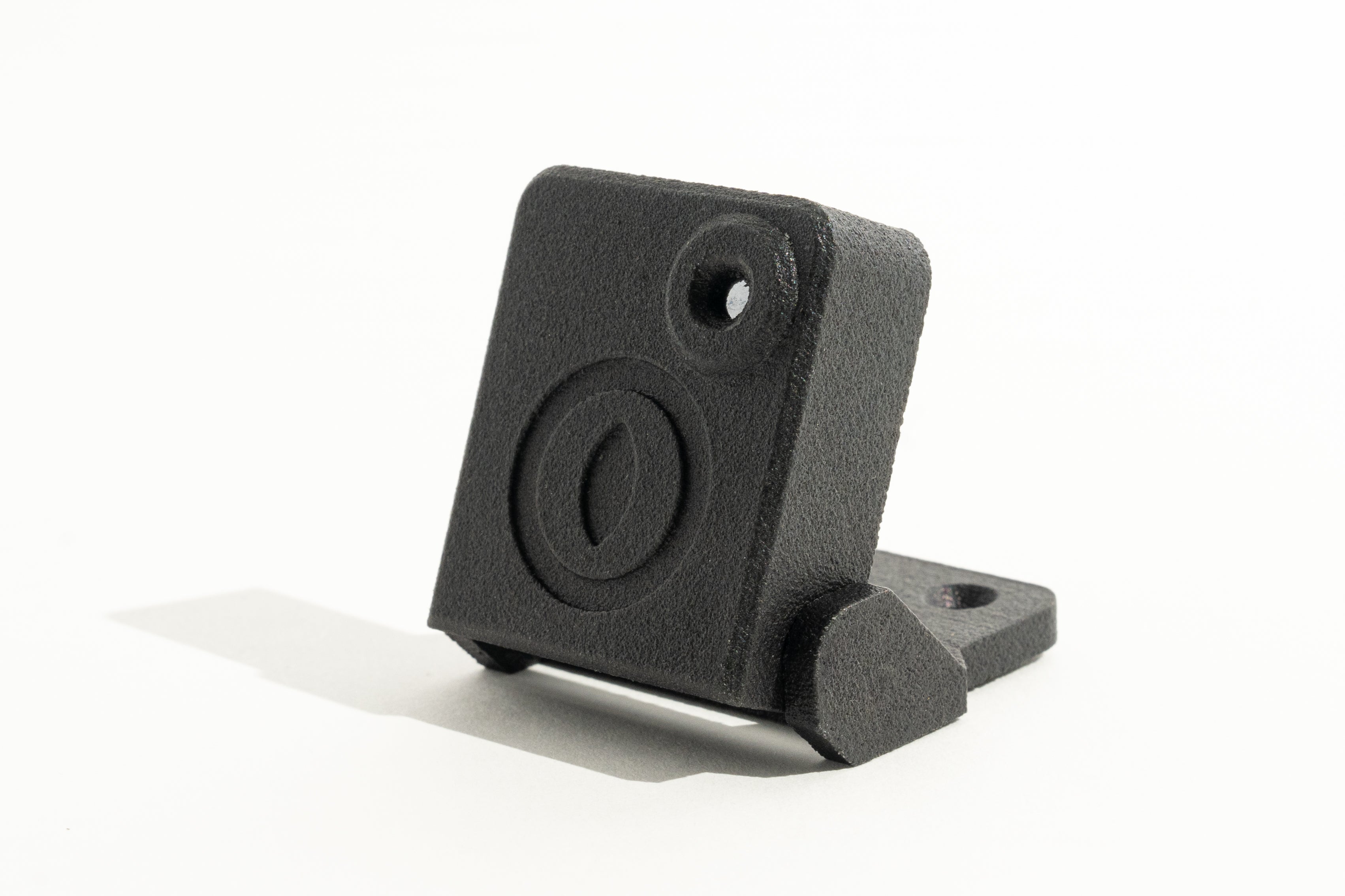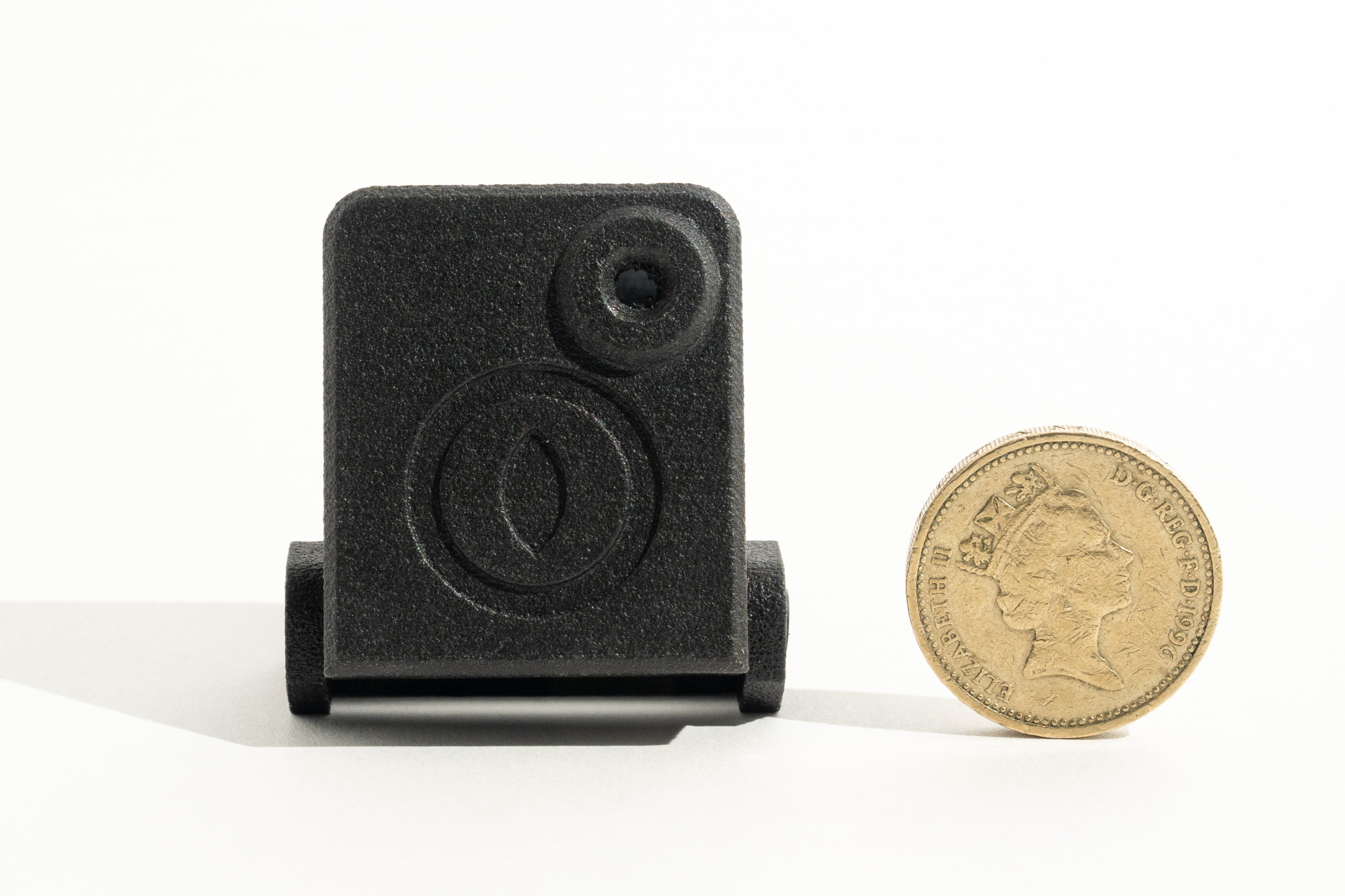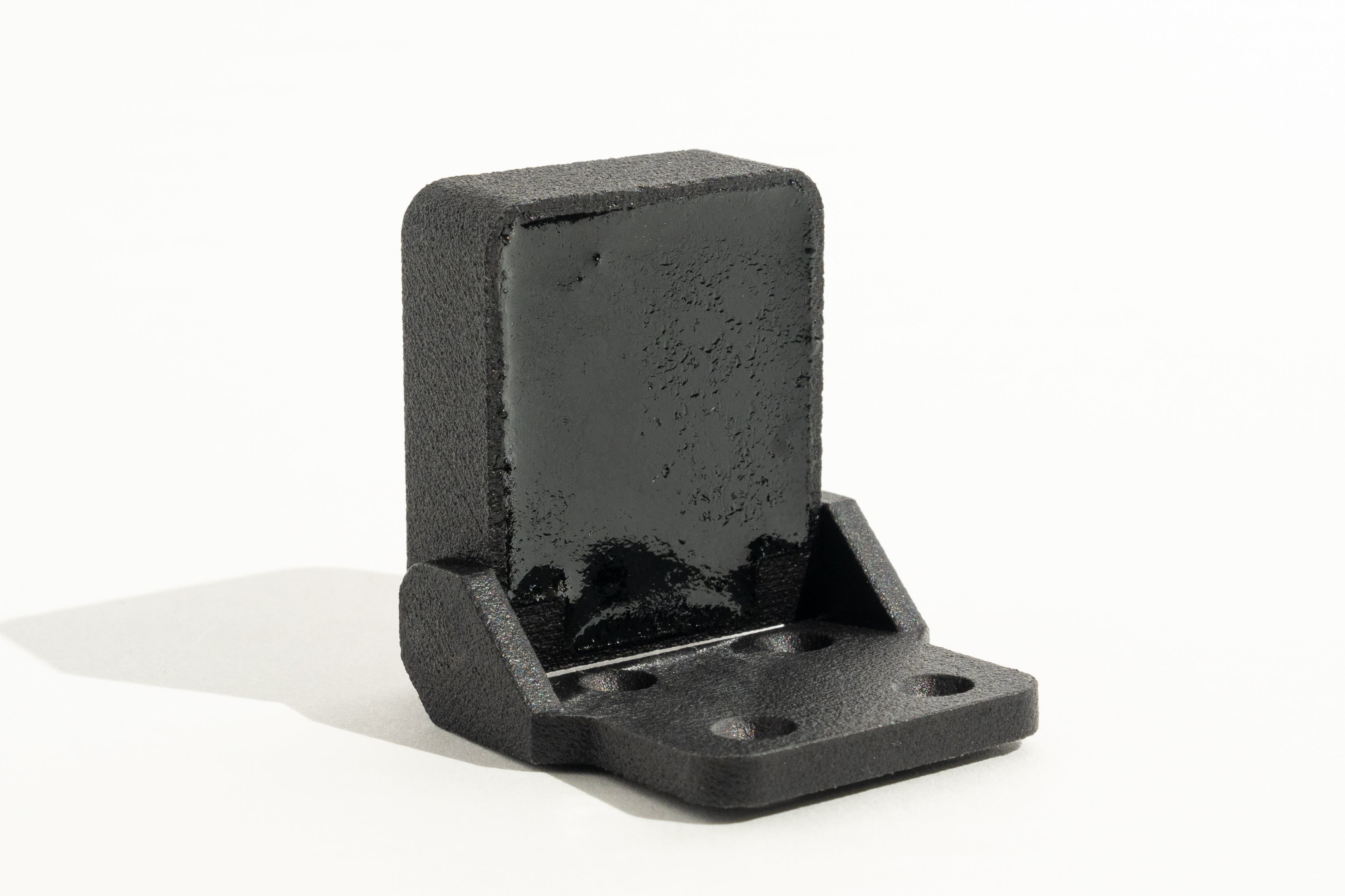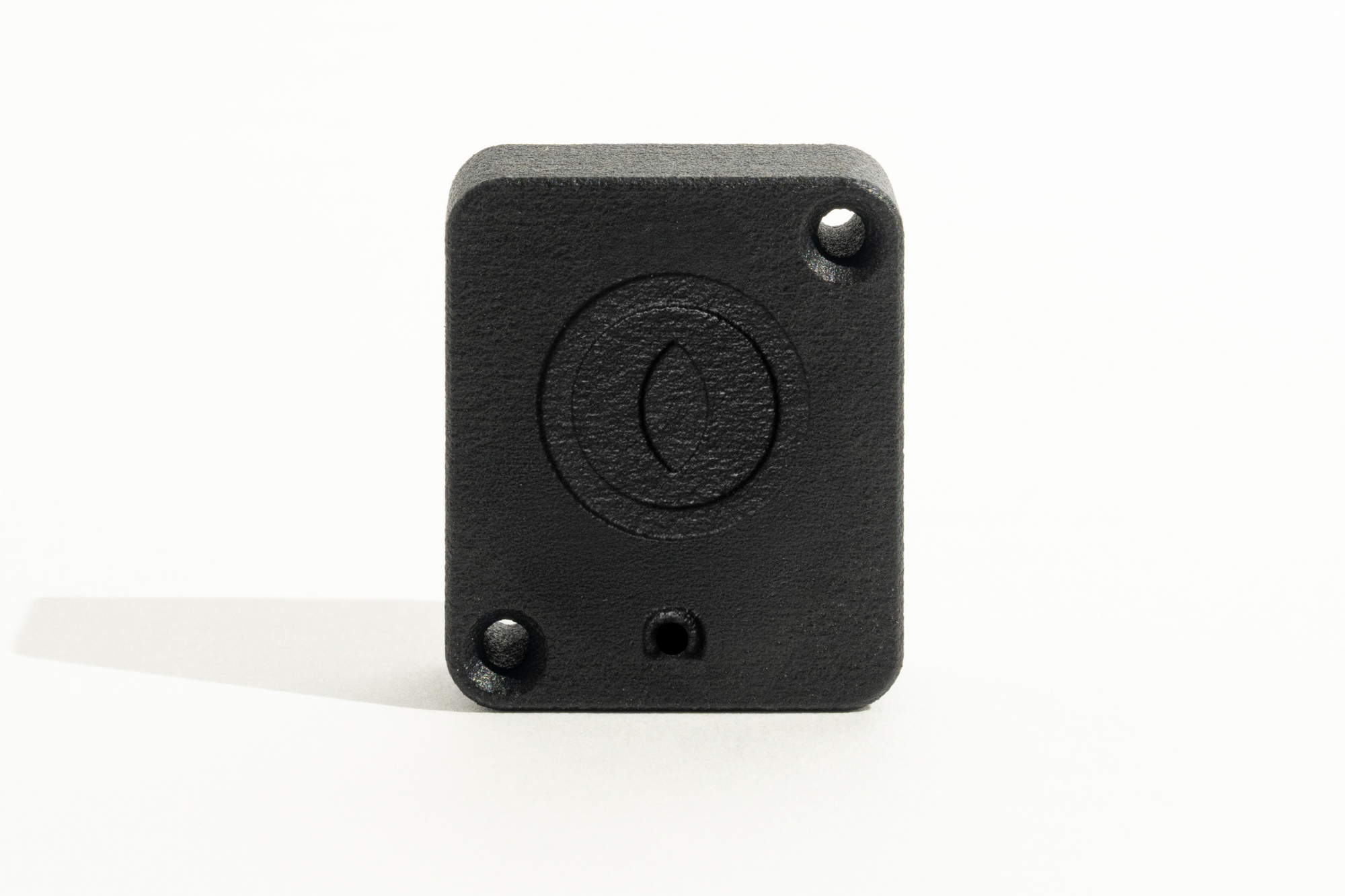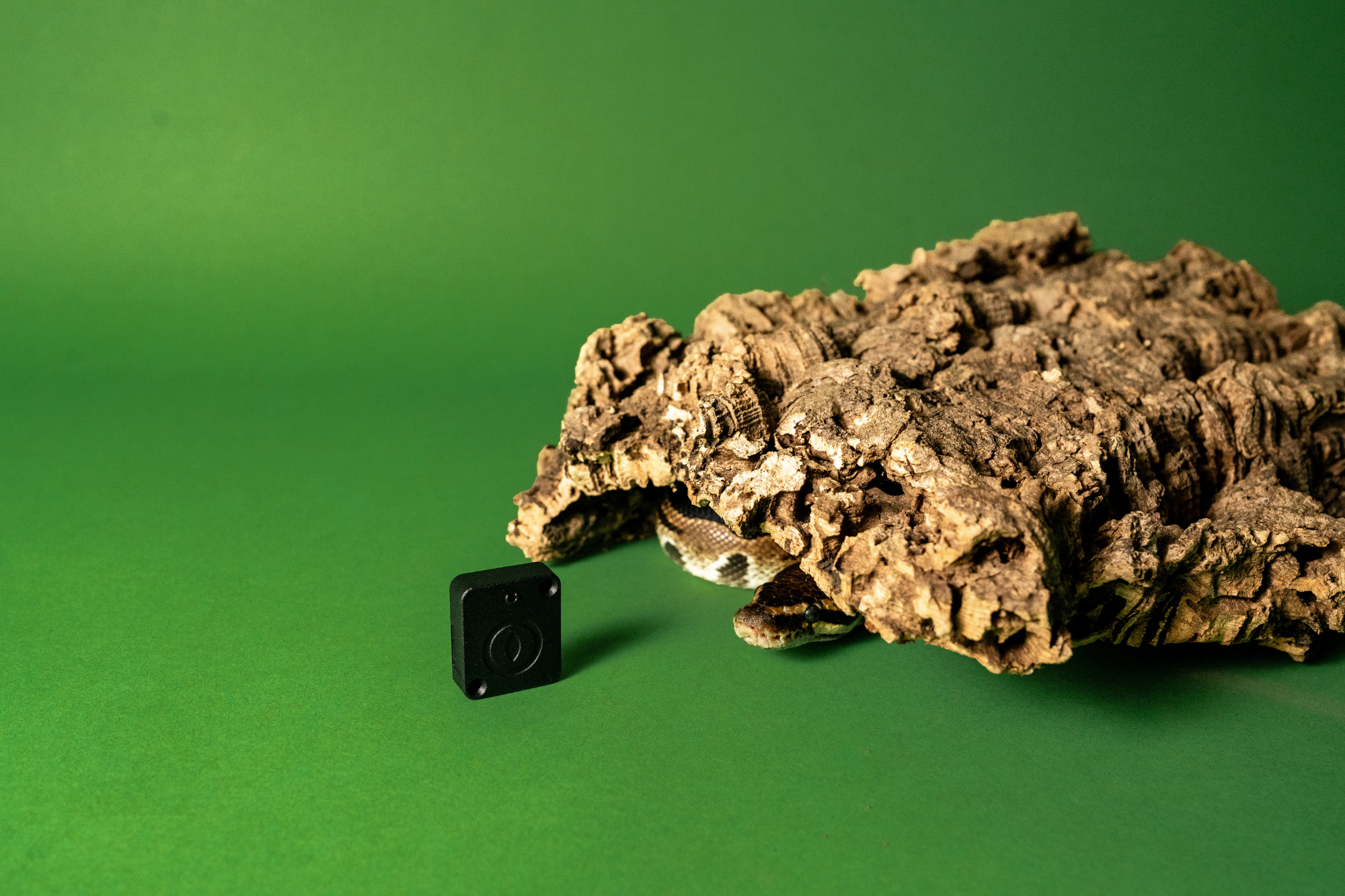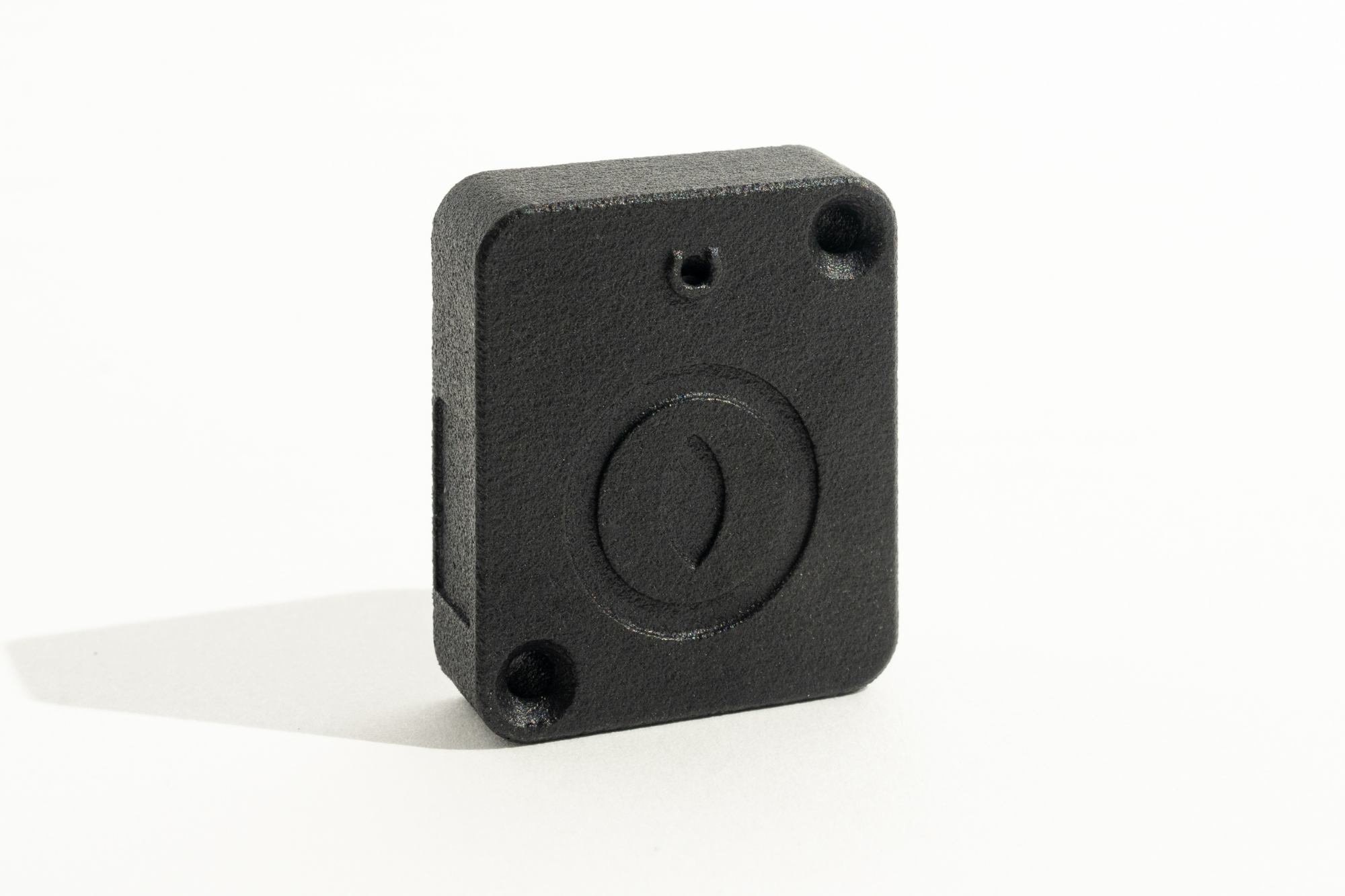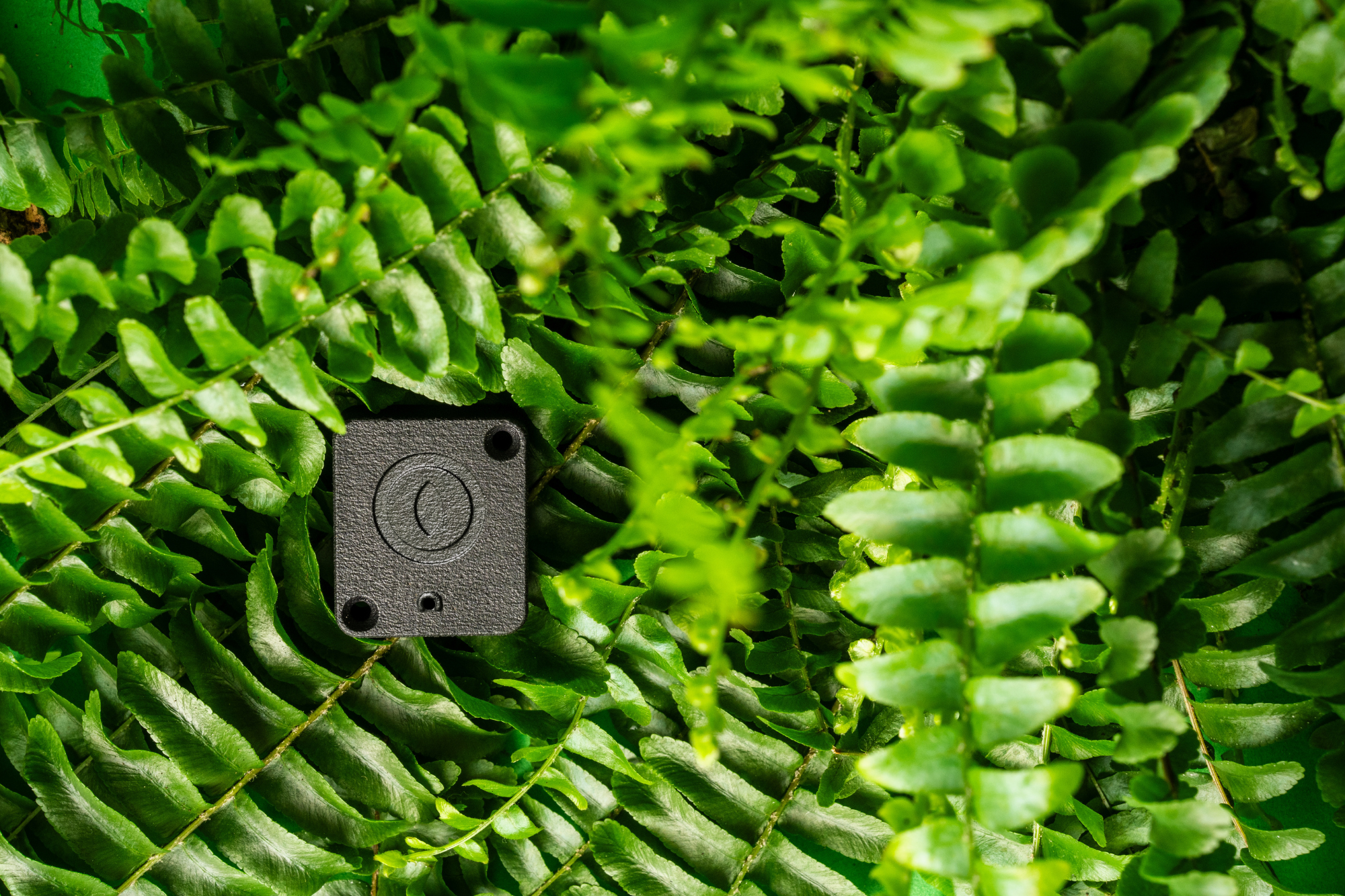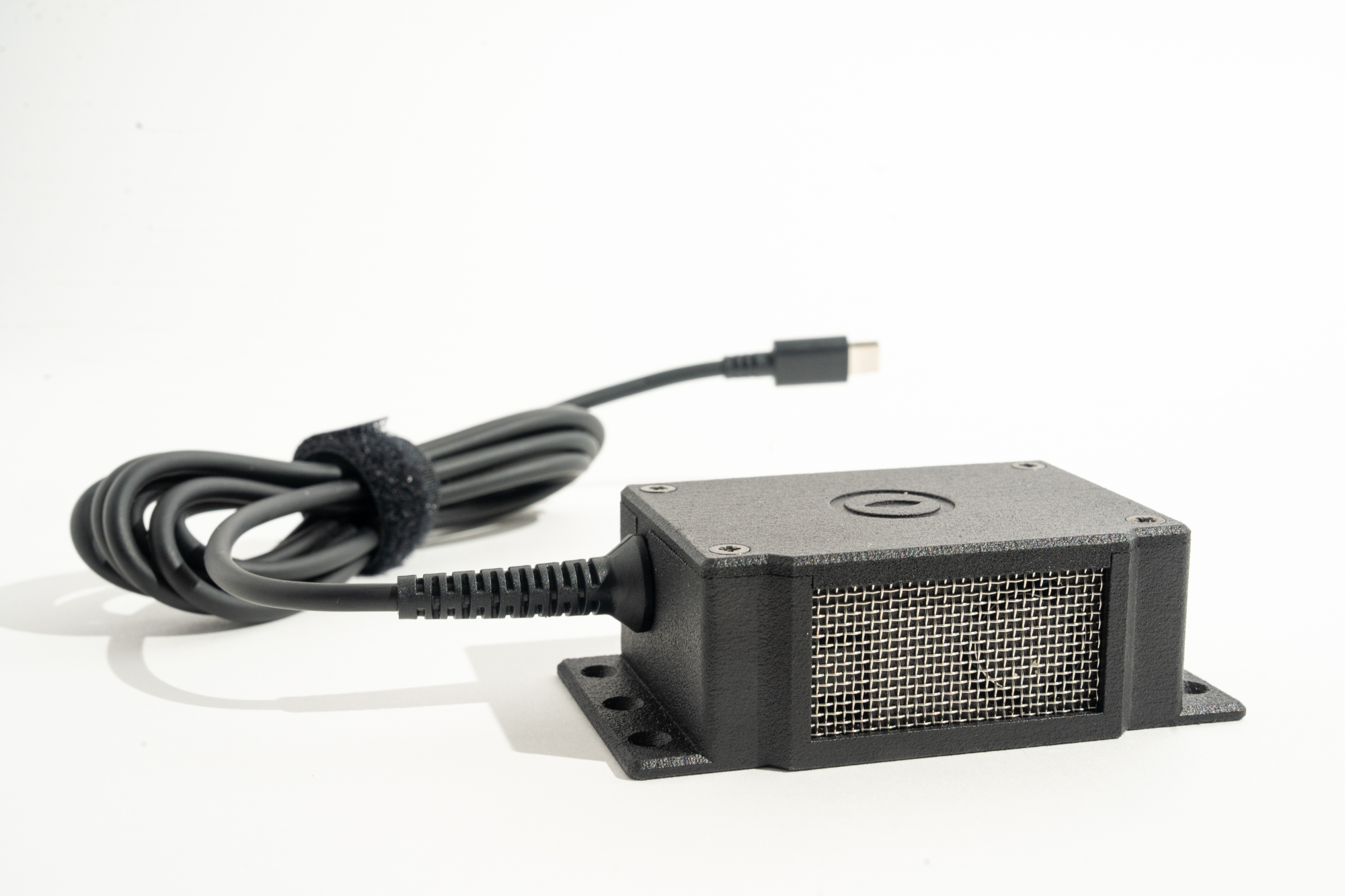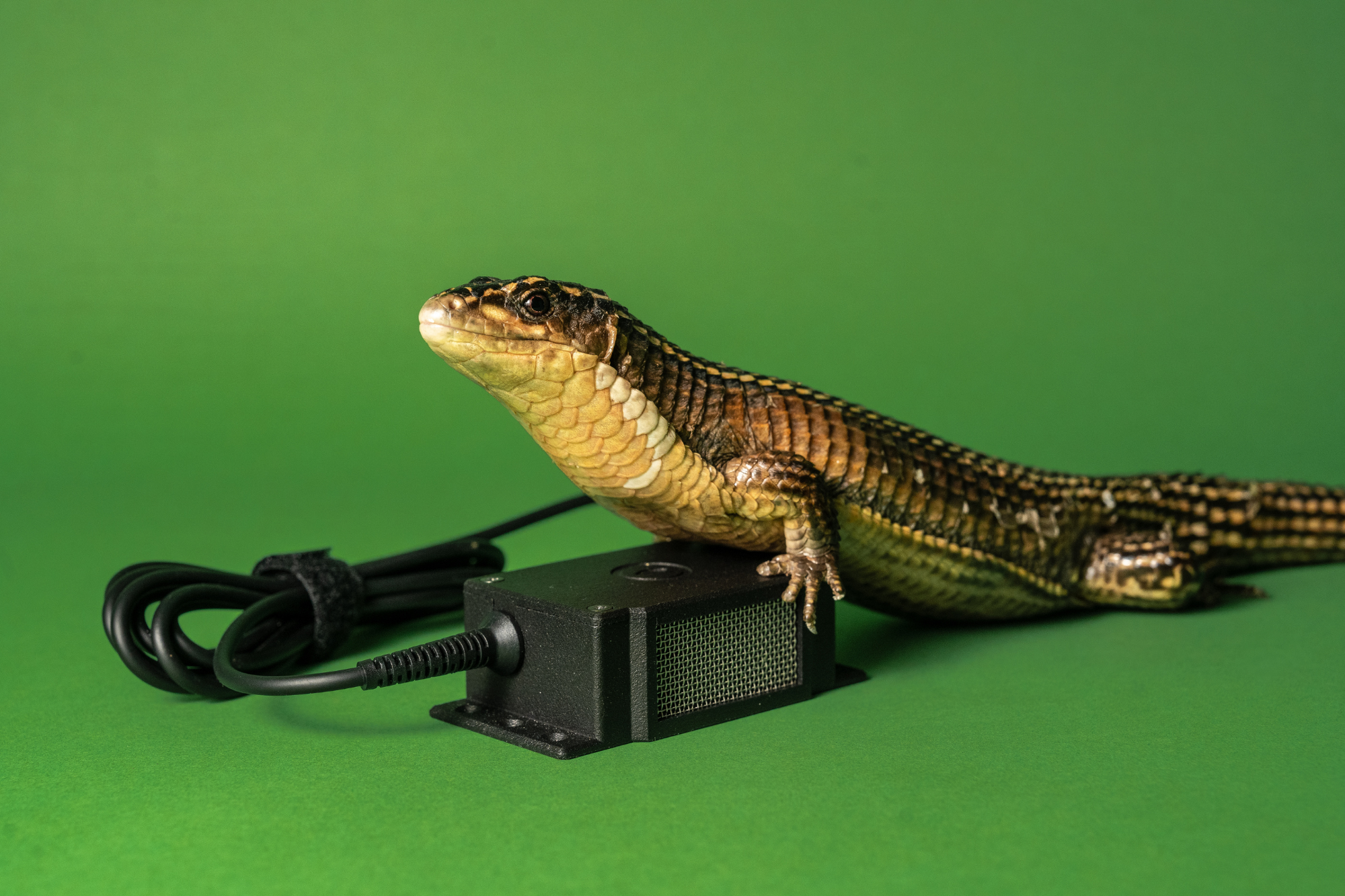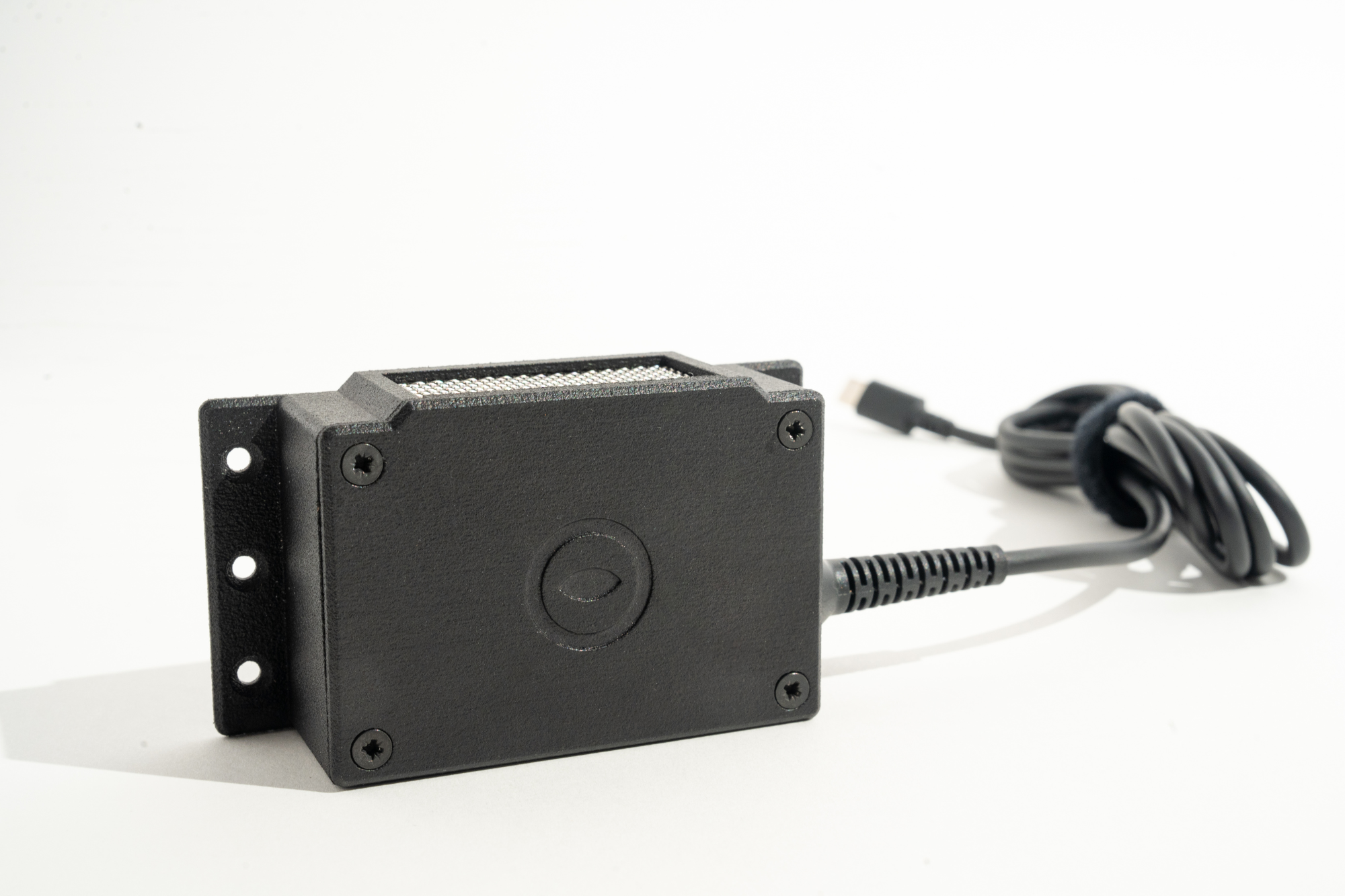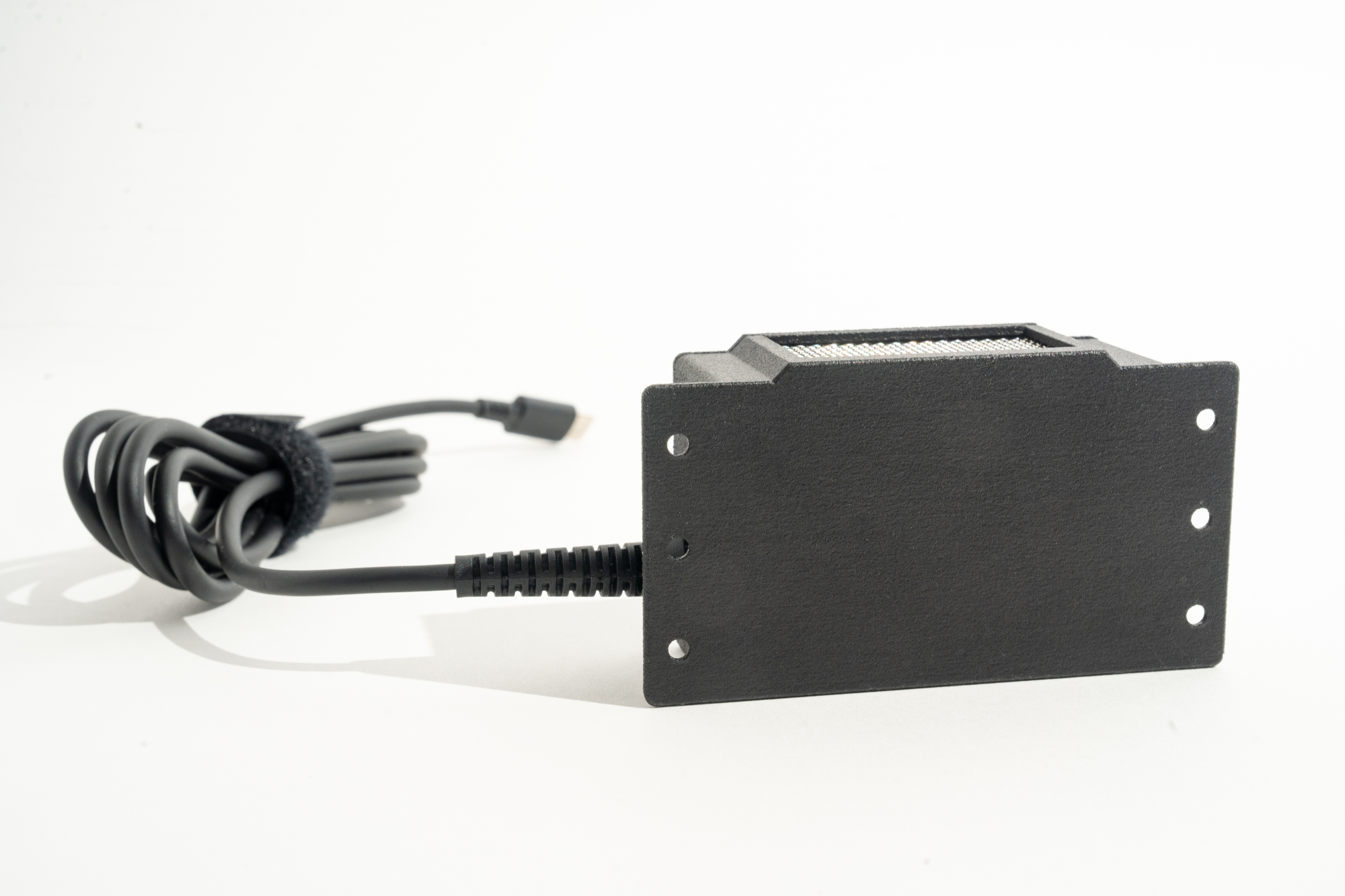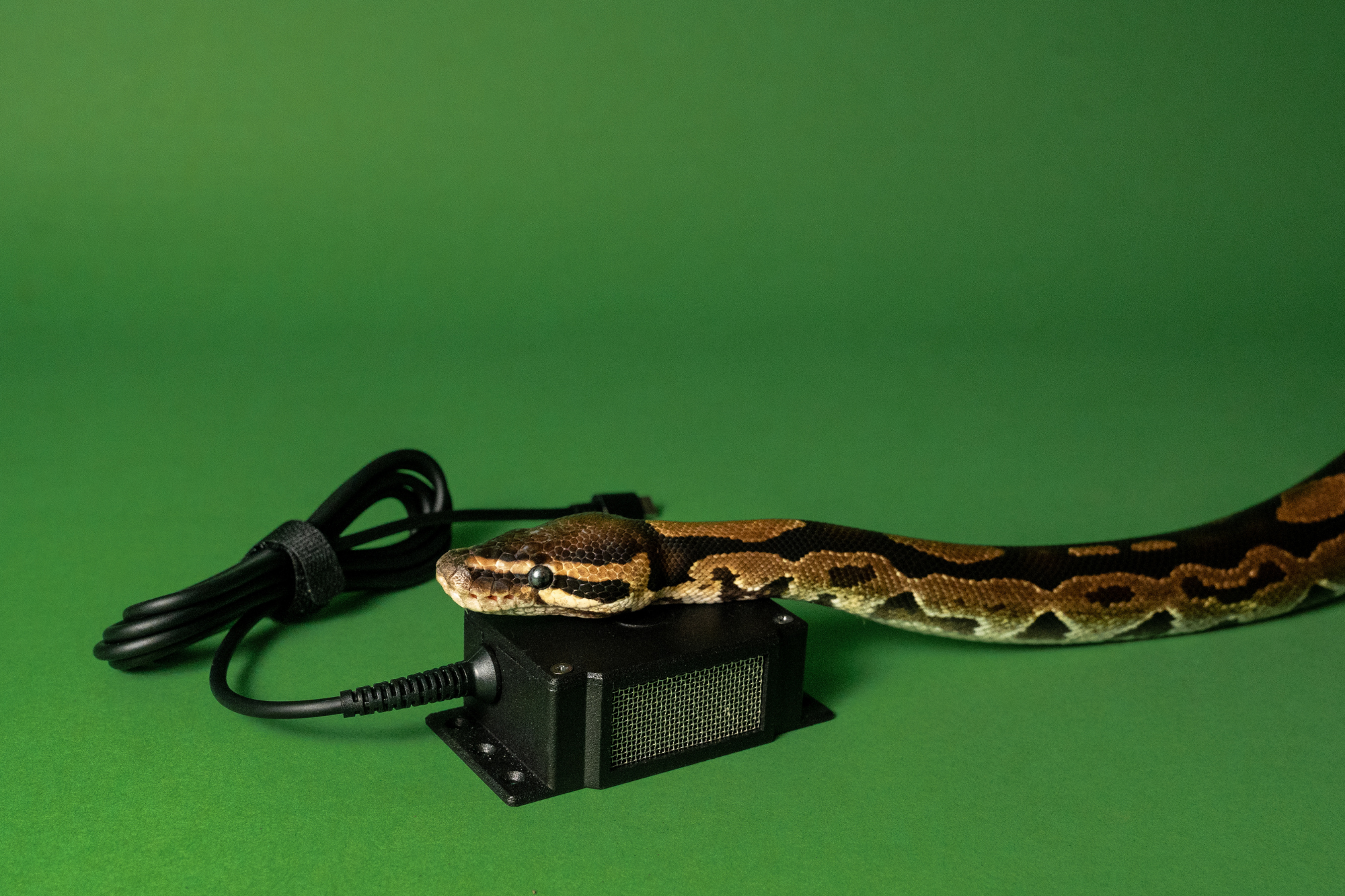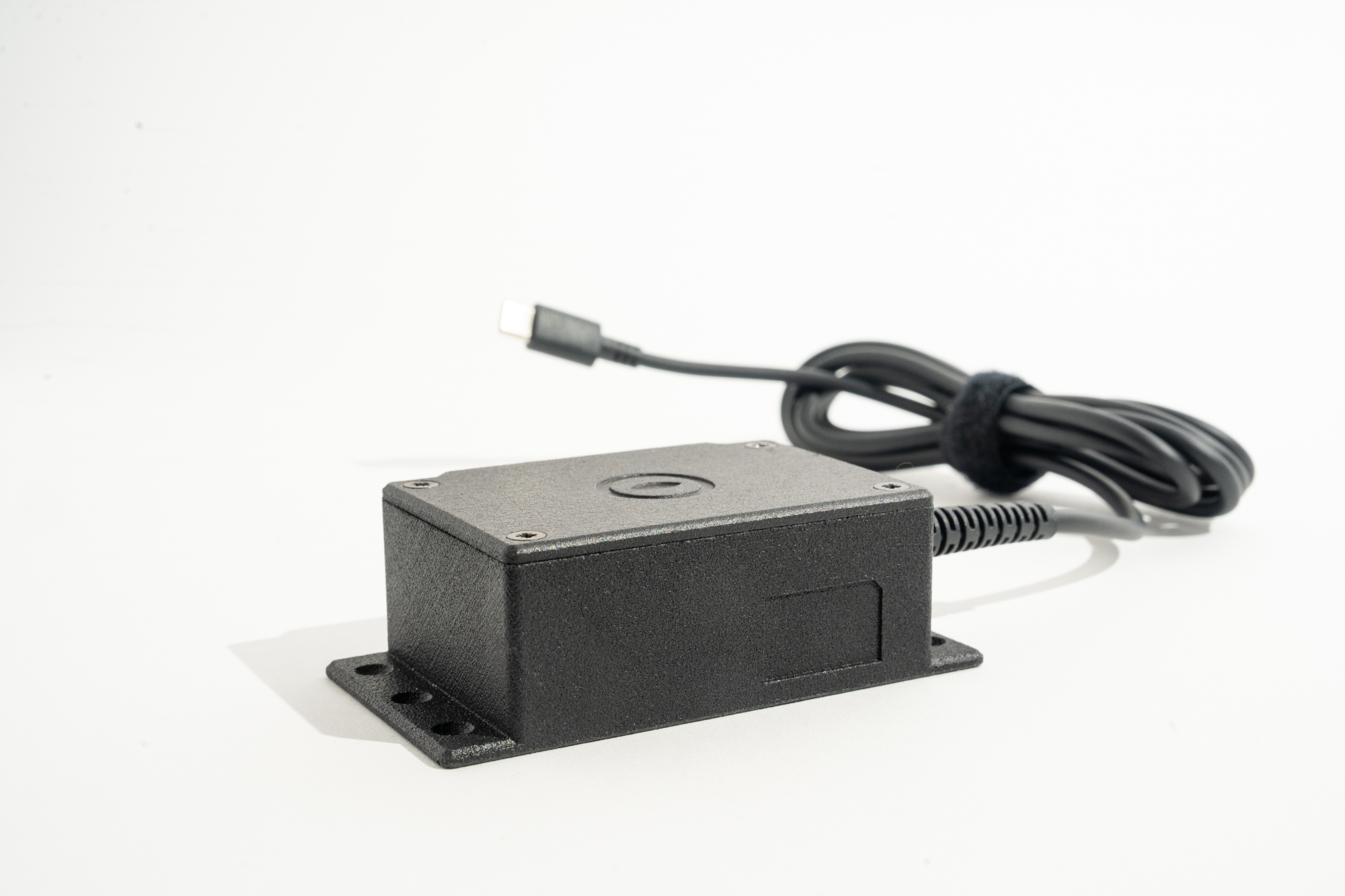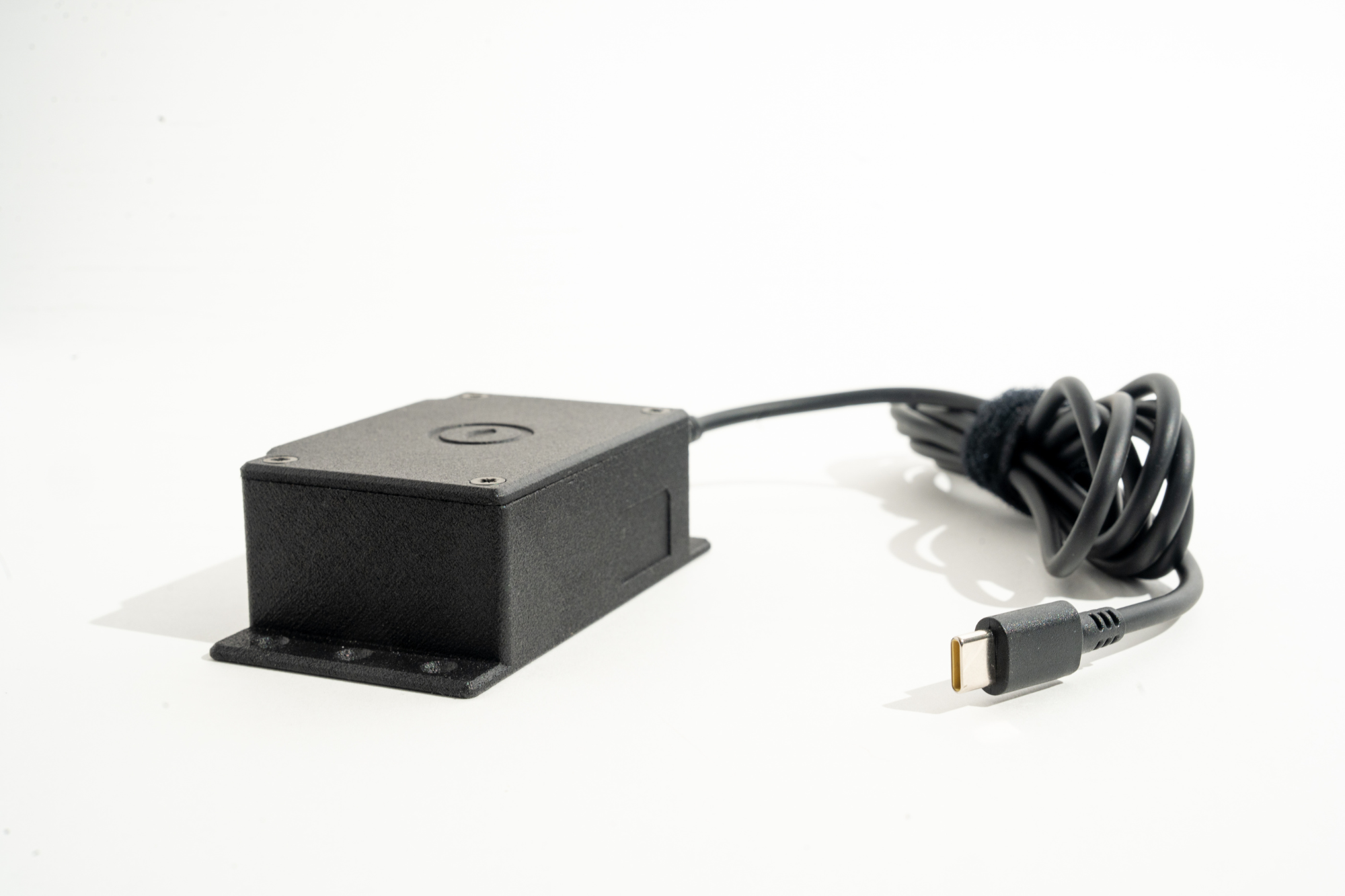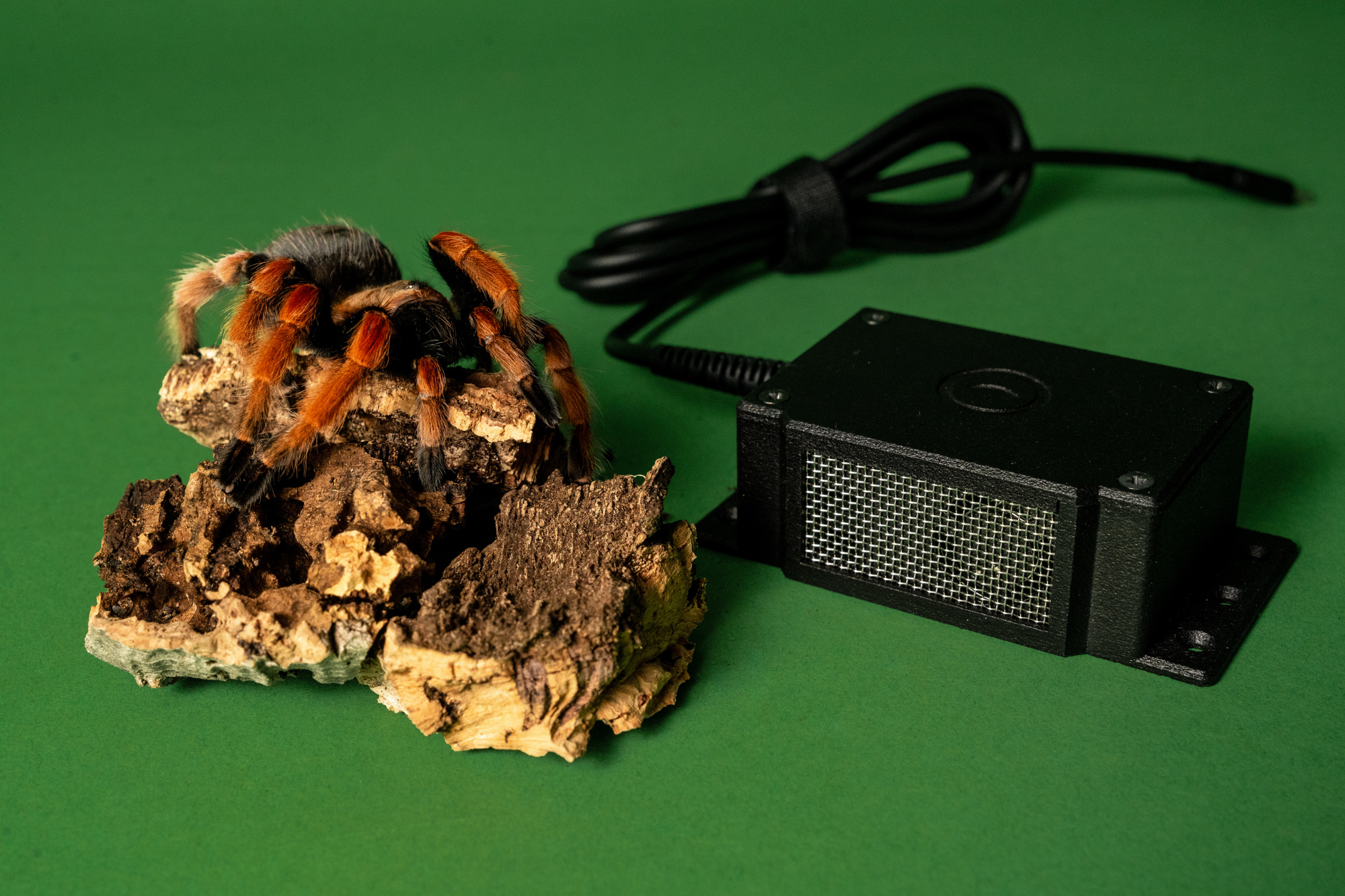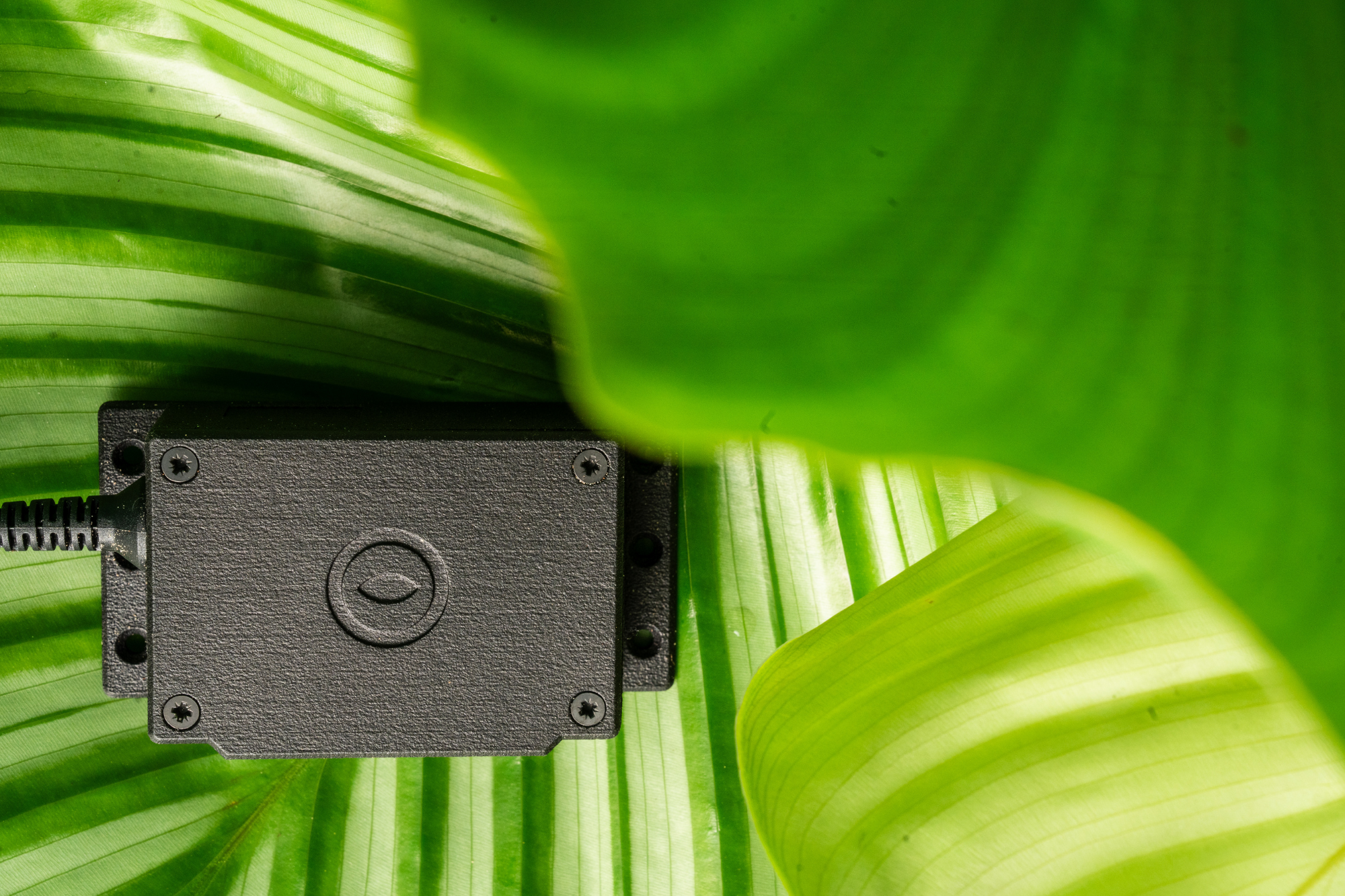Reptiles, amphibians and invertebrates can be loosely grouped together as nearly all require variations on the same care:
- An enclosure
- A source of heat
- A set range in humidity
- Water
- Feeders of some description (live insects or F/T feeders)
- A source of light
- For reptiles and amphibians, a UVB source or D3 supplement
- For reptiles and amphibians, vitamin & mineral supplements
- Air quality
Enclosure
The enclosure - or vivarium, paludarium, aquarium, etc - is where your exotic pet will live. As such, it's important to know the rough rules for the minimum care of your animal. Most will advise that for snakes the length and depth of the enclosure should be the length of the snake - e.g. a 180cm snake should have an enclosure of 120x60cm with whatever suitable height. And for lizards it should be at minimum double the length of the lizard and the depth 1 length of the lizard. For invertebrates the variation depends greatly on the species you are keeping.
We at Coldeye do not think this is good enough. We strongly urge you to get the biggest enclosure for your animal that you have space for and can afford. This is their one opportunity at life, as much as they are a pet for you, they are still a living creature and should not have to be kept in their 'minimum' requirements to survive. This will lead to poor mental health for your pet and should weigh upon the mind of any animal lover.
We will be releasing care guides over the next few years with our recommended enclosure sizes.
One thing to note is enclosure material. For arid (desert) species, we recommend using wood or a wood substitute. For jungle and temperate species with higher huidity requirements we recommend using glass or PVC enclosures.
Heating
Heating your reptile, amphibian or invertebrates enclosure will depend on a few variables, but is ultimately dictated by the care requirements of your animal.
We recommend trying to use naturalistic heating options, especially for heliothermic animals. Options to consider are:
- Heating lamps (basking, flood, spotlight)
- Deep heat projectors
- Radiators
- Ceramic heat emitters
- Heating pads
We do not recommend the use of heating pads generally as they can very easily overheat, and strongly urge the disuse of heating rocks for that same reason.
Carefully research the temperature ranges needed for your exotic pet, bearing in mind:
- Basking temperature will be taken directy underneath the heat source and is generally taken as a surface temperature reading. Your heat source should generally only be on one side of the enclosure unless the enclosure is very large
- Hot side air temperature will be on the side where the heater is placed but not directly beneath it
- Cool side air temperature readings will be taken from the opposite side of the enclosure to your heat source
The use of the Coldeye Surface Temperature Sensor and Temperature and Humidity Sensor can make taking these readings much easier, and gives you a historical temperature reading so you can keep track of your heat source performance.
Humidity & Water
A simple concept, but one of the most common problem areas for reptile, amphibian and invertebrate keepers. Every type of animal has a preferred humidity range they require to remain healthy. Some are more adaptable than others, but it is important to know the range you need to provide. For species that require a humidity level that is higher than your home, you will need to spray/mist down their enclosure with an appropriate water source at an appropriate temperature. Monitoring your humidity level is easy with our Temperature & Humidity Sensor.
Misting systems can eliminate the need to manually do this yourself for a variety of reasons - time, size of pet collection and you travelling to name just a few. They are an investment, however they are worth it for the time they free up.
Almost all animals also require a source of water, so ensure to add an appropiately sized vessel to your pets enclosure to fill with water. Some animals will drink from sprayed water, similar to rainfall, and some will only drink from moving water, so it is important to know what you need to provide.
Feeding
Feeding needs vary drastically between species - some eat daily, others weekly or even monthly. What’s critical is that you feed the right food, at the right time, in the right way.
Common feeding types include:
- Live insects - crickets, locusts, roaches, mealworms, etc.
- Frozen/thawed (F/T) prey - rodents, chicks, fish
- Prepared diets - gels, powders or pellets. Though we only recommend it for species that require it, steer clear of any prepared diets for animals like Leopard geckos or bearded dragons
- Plant matter - fresh leafy greens, flowers, vegetables, fruits (herbivores/omnivores)
- Always size your food appropriately - don’t give a prey item larger than the space between your pet’s eyes (especially important for younger animals).
- And don’t fall into the “every day is feeding day” trap. Obesity is a major problem in captive reptiles and amphibians. Many species are seasonal or ambush predators, and feeding them constantly is unnatural and harmful.
- Invertebrates, meanwhile, vary wildly - some need protein, others just a damp bit of fruit. Some, like tarantulas, might eat once a fortnight. Do your species-specific research.
Light & UV
For reptiles and amphibians, light isn’t just about visibility; it’s about survival. Many species need ultraviolet B (UVB) lighting to synthesise vitamin D3, which allows them to metabolise calcium. Without it, they will slowly develop metabolic bone disease, which is as horrific as it sounds. Lighting basics:
- UVB bulbs must be replaced every 6–12 months, even if they still ‘look’ like they’re working—UV output diminishes over time
- Distance matters - UV output drops fast the further it is from your animal
- Obstructions block UV - mesh lids, glass and plastic can all reduce output significantly
- Day/night cycles should mimic natural patterns—usually around 12 hours on, 12 hours off. Use timers so you don’t forget.
- Not all animals need UVB—many inverts and some amphibians don't require it. But if your animal does, it’s non-negotiable.
On top of UVB, it’s equally important to provide a full visible light spectrum using a quality LED light. These lights emit the rest of the spectrum beyond UV - including red, blue and green - which your animal’s eyes can detect and use. Proper lighting helps with circadian rhythms, improves natural behaviours, and allows reptiles and amphibians to fully perceive their environment - supporting both eye health and mental enrichment. Without it, even UVB-equipped enclosures can feel dull, disorienting or even stressful to your pet.
Vitamins & Minerals
Even with the best diet and UV setup, supplements are often essential. Captive animals simply don’t get the nutritional variety they would in the wild.
You’ll usually need:
- Calcium - with and without D3
- Multivitamin - providing A, B, E, magnesium and other trace nutrients
- Gut-loaders - for feeding your insects before they’re fed off
We actually recommend sticking with Arcadia's '8-day Cycle' for supplementation: this cycle is essentially the same for insectivorous, herbivorous and omnivorous reptiles, and advises you to feed a high-grade calcium-rich multi-vitamin powder, such as Arcadia EarthPro-A on feed 1, 2, 3, 5, 6 and 7, a calcium plus magnesium powder such as Arcadia CalciumProMg on every fourth feed and a full-spectrum vitamin D3 powder on every eighth feed.
Do not overdose—more isn’t better. Hypervitaminosis can be just as deadly as a deficiency.
And yes, even inverts like mantids or beetles can benefit from the occasional dusted prey or gut-loaded insect.
Air Quality
Often overlooked, air quality plays a big part in keeping reptiles, amphibians and inverts healthy - especially in enclosed enclosures.
Poor air = poor health.
Too much moisture with poor ventilation leads to mould, stagnant air and respiratory infections. Too dry and you get poor sheds, dehydration, and desiccated inverts.
Tips for better air quality:
- Use cross-ventilation in your enclosures
- Add fans or mesh sections if airflow is limited
- Spot-clean daily, deep-clean regularly
- Don’t overmist - monitor humidity with a hygrometer
- Use bioactive substrates (if appropriate) to help break down waste and balance bacteria
We strongly recommend using digital sensors - like the Coldeye Air Quality Sensor - to keep an eye on fluctuations in real time. This product is a game changer for monitoring air quality within the enclosure and will help reduce respiratory infections by catching causes early! It’s easy to miss subtle changes otherwise.

